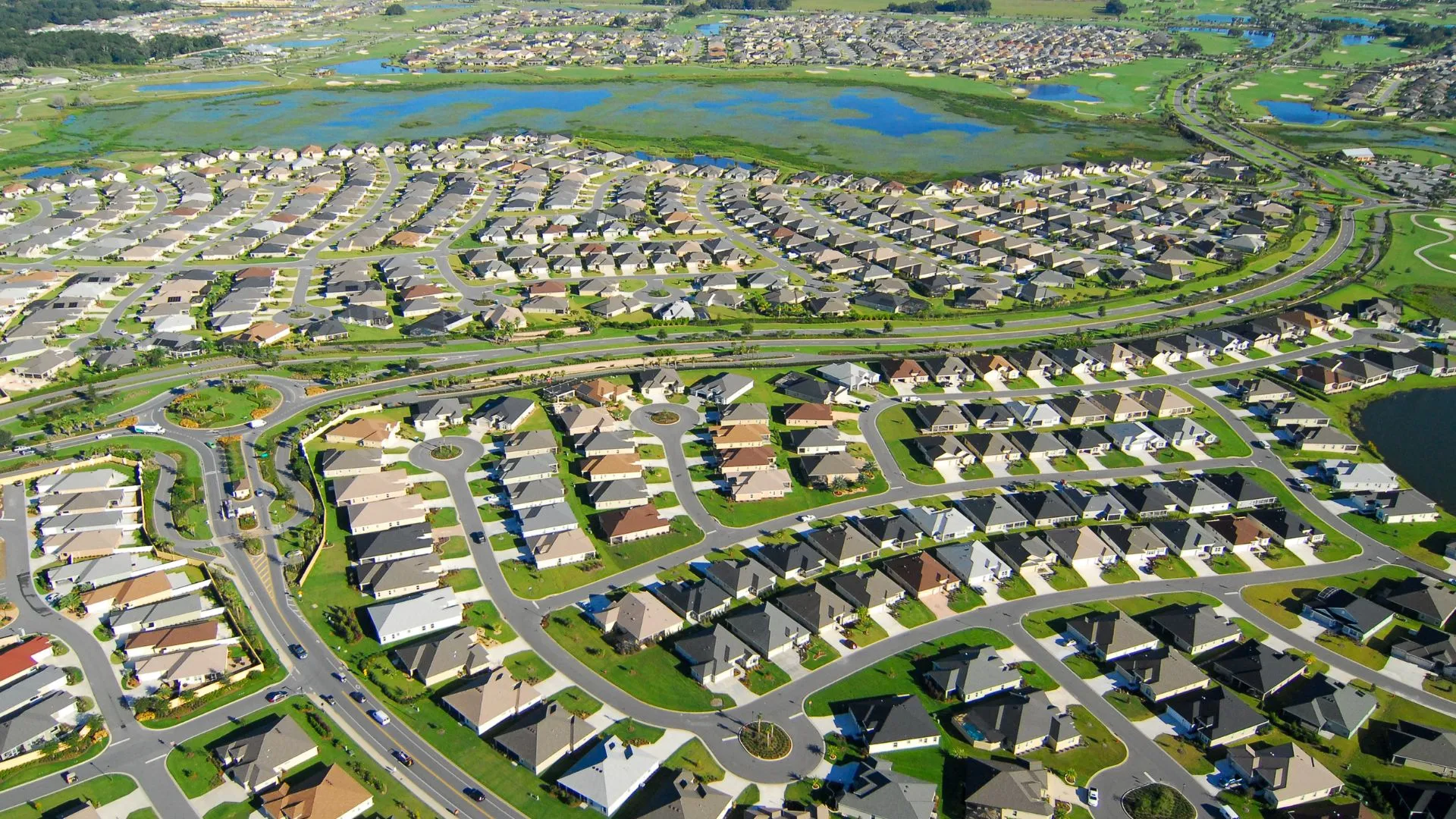Can we build 370,000 homes a year?

The new Labour government has committed to building 370,000 homes per year, but is it realistic?
The housing crisis in the UK is a complex issue that has been building for decades. The shortage of homes has led to soaring prices, putting homeownership out of reach for many. Successive governments have pledged to address the crisis by building 300,000 homes per year and the new government has committed to many more. However, achieving this target is no easy feat and requires long-term planning, over multiple parliaments. To have any chance of success, this long-term plan needs to bring forward a combination of planning reforms, investment in brownfield sites, the use of AI technology, and the establishment of a new governmental department focused solely on addressing the housing crisis.
Why hasn’t any Government achieved the 300,000 target since the 1970s? The answer is that until the 1970s, local authorities played a significant role in providing housing, but have since seen a significant decline in their ability to build new homes. For example, throughout the 1950s, 60s and 70s nearly half of all new housing was delivered by local authorities. In comparison, while private housing delivery has declined, it has stayed relatively stable during the same period. By reinvesting in local authorities and providing them with the necessary resources and expertise, they can once again become key players in delivering affordable housing for their communities. This would reduce the burden on the private sector and ensure a more balanced approach to addressing the housing crisis.
"Another significant challenge in increasing housing supply is the slow and unpredictable nature of the planning system."
Even housing sites that are allocated in Local Plans can face opposition and delays, hindering much-needed development from moving forward. Implementing planning reforms that introduce mandatory housing targets, re-introduce regional planning and review the Green Belt can provide greater certainty in the planning process. This would give developers the confidence to invest in new development knowing that they are more likely to receive planning permission in a timely manner and without the additional cost of delays.
Boosting the regeneration of brownfield sites is essential in maximising the use of urban land and creating more sustainable developments. By increasing funding for organisations like Homes England, governments can incentivise developers to invest in previously developed land and create more opportunities to stimulate development. Furthermore, establishing Urban Development Corporations to regenerate brownfield land, outside of the remits of Local Plans, would significantly increase housing delivery.
"The use of AI technology in the planning process can also help streamline decision-making and increase efficiency."
By automating certain tasks such as reviewing and validating planning applications, local planning authorities can save valuable time and resources, allowing them to focus on more strategic aspects of the planning process and working with the development industry. For example, around 3.5 million applications are submitted to councils each year; and, on average, one third of applications require additional information from the applicant to enable registration. This, coupled with investment in planning staff can significantly improve the speed at which planning applications are processed and approved, ultimately leading to an increase in the number of homes built each year.
To maintain momentum in addressing the housing crisis, the establishment of a new governmental department focused on housing delivery is crucial. By appointing a Minister for the Housing Crisis, political leadership can be maintained, and the housing agenda can be consistently driven forward, regardless of changes in government. This strategic approach will ensure that the issue of housing supply remains a top priority for policymakers and that progress continues to be made in delivering much-needed homes.
"While delivering 370,000 homes per year is a daunting task, it is one that must be tackled head-on in order to address the current housing shortage."
By focusing on short-term solutions such as unlocking existing planning permissions and developments, shifting towards greater greenfield development, and investing in local planning authorities, we can make immediate strides in increasing housing supply. In the medium term, planning new towns, delivering urban extensions, and building council homes will be crucial in meeting the housing demand. Looking ahead to the longer term, the development of new towns and the continued regeneration of existing urban areas will play a key role in sustaining the housing supply for years to come.
In conclusion, delivering 370,000 homes per year is possible but it requires a combination of planning reform, investment, technological innovation, and stable political leadership. By implementing this long-term plan, we can make significant progress in addressing the housing crisis and ensuring that affordable housing is accessible to all.
